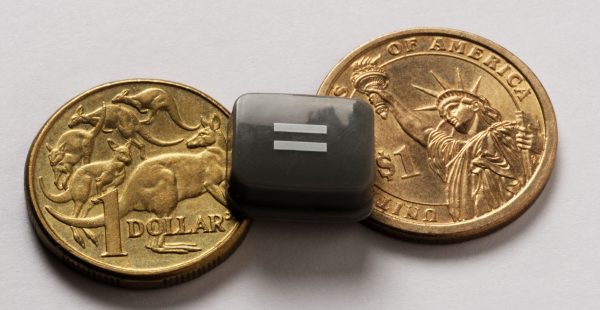‘Disorderly’ climate shift could see A$900b wiped off infrastructure investments

A “delayed or uncoordinated transition” to a low-carbon future to tackle climate risk could see around US$600 billion (AU$896 billion) wiped off infrastructure investments, according to a new study from Paris-based private asset research house the EDHEC business school.
The two-year study, Highway to Hell, published by the EDHEC’s Infrastructure & Private Asset Research Institute (IPARI), calculates, in dollar terms, both transition risks and physical risk in privately invested infrastructure and the consequences on portfolio value of insufficient – or even no – action to address the climate risk.
The EDHEC claims it is the first study that has been able to quantify the loss in market value of infrastructure assets when considering the whole impact of climate risk on the asset class.
The study ultimately advocates for implementing well-targeted and well-designed carbon taxes to minimise the adverse financial effects of transition risk.
Transition risks involve the potential adverse impacts on future asset prices of the transition to a low-carbon economy, which may include numerous policy, legal, technology, and market changes to prevent climate change, including a range of carbon taxes.
“In this process, financial assets may lose revenues, have lower profits, or require higher returns to compensate investors who hold them,” the report states. “Assets may also lose revenue due to lower demand or almost all value if they cannot be aligned with a lower carbon economy.”
A transition, while ultimately deemed necessary, if poorly executed could have a significant downside impact on infrastructure investments, with energy and water resources, data infrastructure, and network utilities predicted to lose around one-third of their value.
Further, according to the study, physical risks – which represent the consequences of acute physical risks, such as extreme weather events, and chronic physical risks, which include long-term shifts in climate patterns, such as sea level rises or chronic heat waves – could lead to a 54% maximum erosion in portfolio value.
The EDHEC notes that, over the past few decades, institutional investors have increasingly allocated capital to private, mostly unlisted infrastructure companies such as toll roads, airports, power plants, and pipelines.
This investment represents nearly US$4.1 trillion (AU$6.1 trillion) of enterprise value today and US$2.2 trillion (AU$3.29 trillion) of market capitalisation at current market prices in 25 key markets, data from the EDHEC’s infraMetrics, an infrastructure investment research data platform reveals.
“To prevent further climate change and physical risks, policymakers and businesses must undertake a difficult transition to an economy that does not require the continued emission of GHG into the atmosphere.”
“The infrastructure sector is pivotal to achieving this, as it accounts for almost 80% of global GHG emissions”.
“However, according to the Global Infrastructure Hub, the infrastructure sector misses investments of US$18 trillion to reach the Paris Agreement and meet the UN Sustainable Development Goals.”
Frédéric Blanc-Brude director of the IPARI urges investors to “demand coordinated actions and that governments immediately implement carbon taxes to minimise the adverse financial effects of transition risk.”
He further stressed “the interest of an orderly transition that not only limits transition risk but also physical risk”.












I have clients who have been told to produce evidence they are with cbus or else they can't work on…
Unionist were appointed to the Reserve Bank Board as some sort of pay off. You missed where the Wayne Swan…
It concerns me that only months ago the Government was considering giving Union based Industry Funds the power to advise…
Can you imagine the corruption that would occur if the Government goes ahead with its plan to allow Industry Super…
Let's pretend that I am a super fund trustee and I want to build an office building on behalf of…